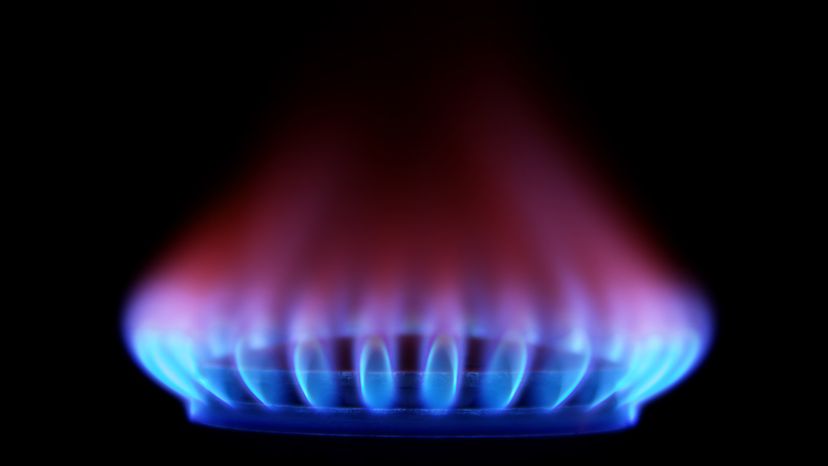The temperature of fire varies depending on several factors, including the type of fuel being burned, the amount of oxygen available and the specific chemical reactions occurring within the flame. Below are the temperatures associated with different flame colors.
How Hot Are Red Flames?
Red flames are often associated with cooler fires that can range from 1,112 to 1,472 degrees Fahrenheit (600 to 800 degrees Celsius ). This color emerges at the lower end of the temperature scale, indicating a more subdued combustion process.
Red fires typically occur where there is a limited supply of oxygen or when the fuel burns at a slower rate. This makes red flames a common sight in gentle fires, such as smoldering coals or a dying fire.
How Hot Are Orange Flames?
Orange flames range between approximately 2,012 to 2,192 degrees Fahrenheit (1,100 to 1,200 degrees Celsius).
This temperature is common in scenarios where the fuel does not allow for complete combustion or when there's an excess of carbon particles within the flame, often seen in candle flames and open wood fires. The orange fire is not as hot or efficient as a blue flame but still sufficiently intense to achieve significant heat.
How Hot Are White Flames?
A bright white flame can exceed temperatures of 2,732 to 2,912 degrees Fahrenheit (1,500 to 1,600 degrees Celsius). This intense heat is often seen in situations where the fuel and oxygen mix is optimal, such as in a well-calibrated gas burner or during certain chemical reactions.
White fire is indicative of a powerful energy release, indicating a very intense and efficient burn.
How Hot Are Green Flames?
Green fire is special case; the color is more a reflection of the chemical composition of the material being burned than the heat of the fire itself. For example, burning copper compounds can produce a vivid green flame.
While the exact temperature of a green fire can vary depending on the chemical being burned, it generally indicates a combustion process that is similar in temperature to blue or orange flames, depending on the oxygen and fuel conditions.
